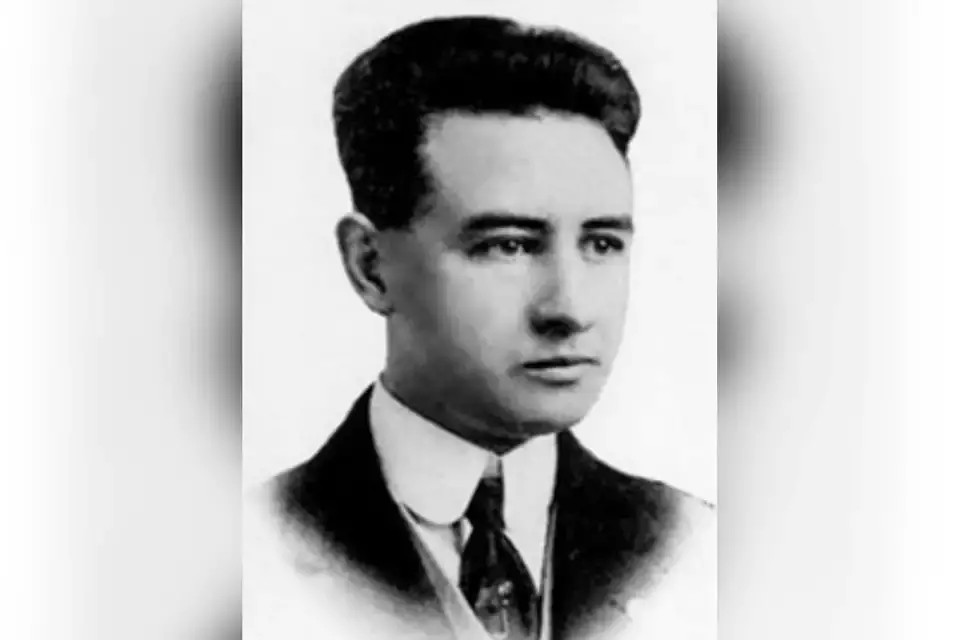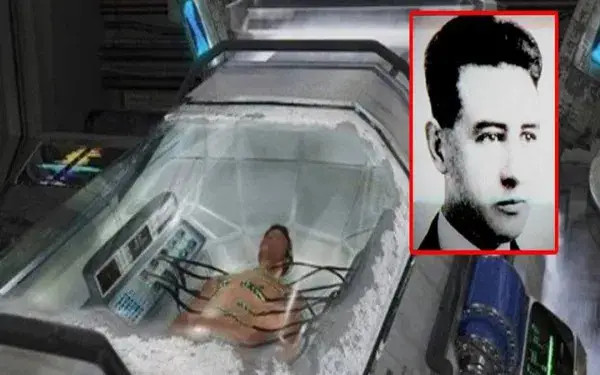The Legacy of Dr. James Hiram Bedford: Pioneer of Cryonics
Dr. James Hiram Bedford was not just an accomplished academic; he was a visionary who navigated the intricate landscapes of education, military service, and the very boundaries of life and death. As a professor at the University of California, Bedford contributed significantly to the academic community while also serving as a soldier in World War I. This unique blend of experiences showcased his diverse skills and unwavering commitment to societal progress. However, his most enduring legacy lies in his monumental role as the first person ever to undergo cryonic preservation, a practice that, despite its controversial nature, presents a fascinating glimpse into humanity’s quest for extending life.
The Deteriorating Health of a Prolific Mind
In the mid-20th century, the medical landscape was vastly different from what we know today. In 1967, Dr. Bedford faced a dire diagnosis of kidney cancer that had metastasized to his lungs, a plight that many individuals in that era experienced with limited treatment options. During this turbulent time, he stumbled upon a book that would change the course of his life: The Prospect of Immortality by Dr. Robert Ettinger. This pioneering text introduced the concept of cryonics to a wider audience and sparked Bedford’s interest. Ettinger, known as the father of cryonics, founded the Cryonics Institute, which aimed to provide hope for future revival through advanced medical technologies. Bedford’s realization that he might not personally benefit from the advancements in cryonics did not deter him. Instead, it fueled his desire to contribute to the field. He understood that by becoming a subject of this experimental preservation method, he could potentially pave the way for future generations. The notion of being preserved for an unknown future, where medical technology might one day reverse his terminal illness, profoundly impacted his decision-making process.
Making the Decision: A Leap of Faith
After immersing himself in Ettinger’s revolutionary ideas, Bedford resolved to undergo cryonic preservation. His decision was not made lightly; it was a leap of faith into the unknown. On January 12, 1967, following his death from cancer, he was injected with dimethyl sulfoxide, a cryoprotectant that protects his cells from ice crystal formation, a common issue that can cause significant damage during the freezing process. This meticulous approach to preservation was groundbreaking, as it set a precedent for future procedures in cryonics. This historic moment not only marked the first use of cryonics on a human but also raised profound questions about death and what it means to be truly alive. By choosing to be frozen, Bedford became a pioneer, casting aside the traditional understanding of mortality and challenging societal conventions surrounding death. It was not merely a personal choice, but one that questioned the very fabric of life itself.

Preservation Process: The First Cryonaut
The process of cryonic preservation is notably complex and requires precision at every stage. After Bedford’s blood was drained, his body was subjected to a carefully orchestrated sequence of procedures designed to optimize preservation conditions. Twenty-four years later, researchers from Alcor, a leading organization in the field of cryonics, retrieved Bedford’s body for assessment. Their findings were astonishing: despite two decades in a frozen state, Bedford’s body was remarkably well-preserved. His facial features retained a youthful appearance for someone who had lived 73 years. However, some discoloration was noted on his skin, and his corneas appeared chalky white, resembling ice, indicating the inevitable effects of the cryonic process. This examination of Bedford’s body not only provided insights into the efficacy of cryonic preservation but also sparked discussions about the potential for reviving individuals in the future. These examinations continue to be pivotal in understanding the biological implications of freezing human tissues and the long-term effects on cellular integrity.
Bedford’s Enduring Philosophy
Dr. Bedford’s last words have become legendary within the cryonics community. He famously stated, “I want you to understand that I did not do this with the thought that I would be revived. I did this in the hope that one day my descendants will benefit from this wonderful scientific solution.” This poignant statement highlights the philosophical foundations of cryonics: it transcends individual revival and encapsulates the hope for humanity’s future. Bedford’s choice reflected an unwavering belief in the potential of science to conquer the limitations of mortality, a notion that continues to resonate with many today. His conviction that future generations might unlock the secrets of revival positions cryonics not merely as a scientific endeavor but as a deeply philosophical one. It raises essential questions about our understanding of life, death, and the possibilities that lie beyond our current limitations. Bedford essentially became a symbol of hope for many who aspire to challenge the finality of death through scientific advancement.
The Continuing Debate of Cryonics
As we reflect on the decades since Dr. Bedford’s preservation, his legacy remains a topic of fervent debate. Today, he continues to exist in a state of suspended animation, affectionately referred to as a “mummy.” The field of cryonics has evolved, yet it still evokes fascination and skepticism in equal measure. Proponents of cryonics argue that significant advancements in medical science could one day lead to groundbreaking breakthroughs that make revival a reality. Conversely, critics point to the lack of empirical evidence supporting the feasibility of revival and question the ethical and moral implications of such practices. Discussions surrounding cryonics often challenge societal norms and beliefs about life and death. Furthermore, they compel us to confront uncomfortable truths about our mortality and the boundaries of human experience. As we navigate the complexities of modern medicine and technological advancements, we are compelled to ask ourselves: what would we be willing to sacrifice for the chance at extended life? What does it truly mean to live, and how far can science go in synthesizing the boundaries that define our existence? Ultimately, the legacy of Dr. James Hiram Bedford serves as a compelling reminder of humanity’s enduring quest for immortality and the radical ideas that challenge our understanding of life and death. Whether viewed as a visionary or a misguided soul, Bedford’s story invites us to contemplate the profound implications of our choices, to confront our mortality, and to dare to dream of a future where science transcends the limitations of the present. In the ever-evolving conversation around life, death, and the potential for revival, Dr. Bedford remains a pivotal figure, urging us to imagine a world where the impossible may one day become possible.

















